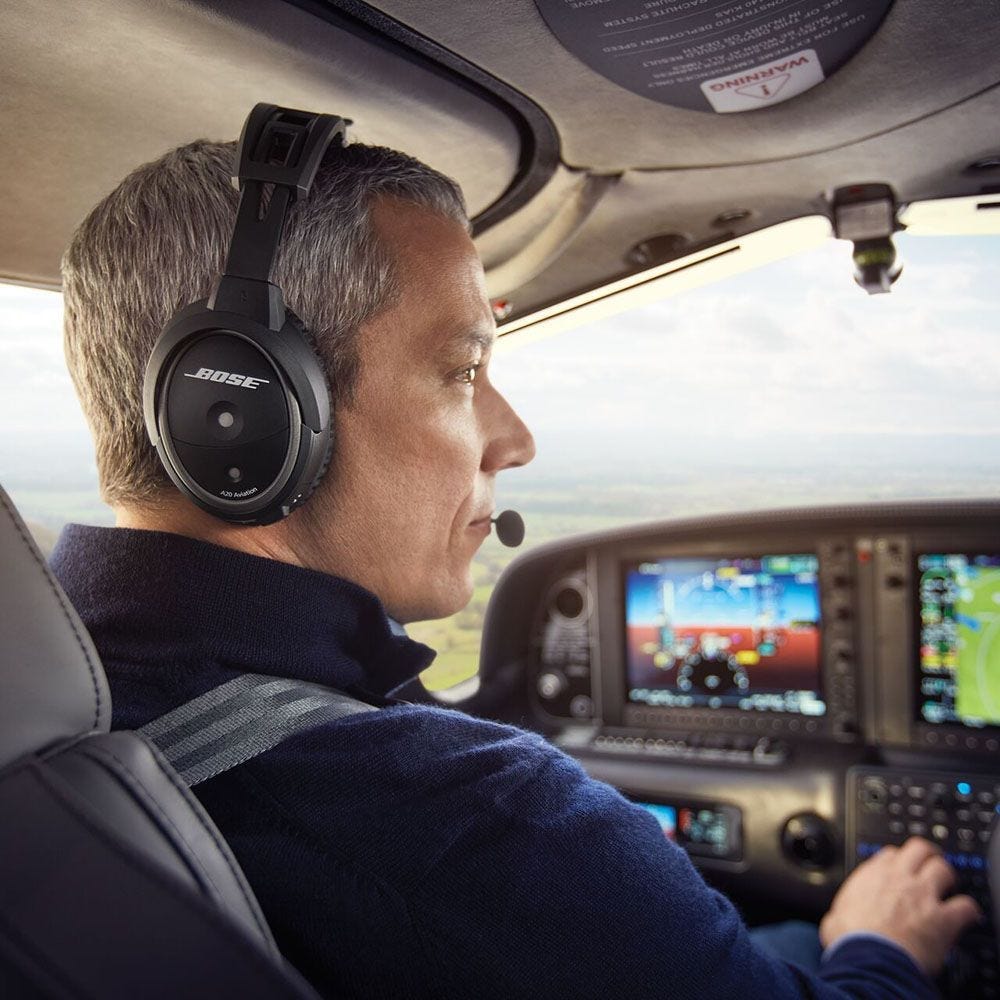Three myths about active noise reduction headsets
|
Getting your Trinity Audio player ready...
|
One of the more significant equipment investments a pilot will make during training is in an aviation headset. With prices ranging from a few hundred to more than one thousand dollars, the options and features can be confusing. In this article from Sporty’s Pilot Shop manager and pilot, Doug Ranly, he explains some common myths associated with active noise reduction (as opposed to passive noise reduction) so that you can be a better informed consumer. Ed.
—
Throughout history, we can find a selection of people who reject innovation. Regardless of how great something is, there will always be some people who oppose it. I bet when indoor plumbing came around, there was a movement to keep poop outside of the house.
 So it is with active noise reduction (ANR) headsets. These magical devices make long flights in noisy general aviation airplanes more bearable. The standard passive headset reduces noise levels by 18-24 decibels; ANR headsets put an additional 10-25 decibels of reduction on top of that.
So it is with active noise reduction (ANR) headsets. These magical devices make long flights in noisy general aviation airplanes more bearable. The standard passive headset reduces noise levels by 18-24 decibels; ANR headsets put an additional 10-25 decibels of reduction on top of that.
But there is still pushback from those who want to continue to get a flashlight and shoes to go use the outhouse. These last holdouts are normally “more mature” pilots who have little hearing left (ironic), and they are very vocal about how bad ANR headsets are.
Here are the top three myths we have heard when it comes to ANR headsets—and why they are wrong.
Continue reading at Sportys.com.
- 5 “must-have” products for IFR training - February 7, 2024
- Five common student pilot mistakes - May 22, 2023
- What pilots should know about oxygen - September 19, 2022


